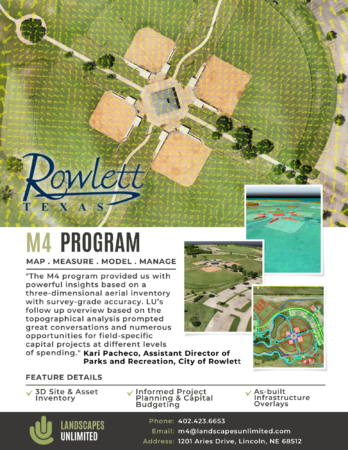As post-pandemic golfer participation continues to rise, there’s a slew of new golf courses which are in construction and opened of late.
Several have unapologetically humdrum backstories. Others come with historical and personal significance of which legends are made.
We came across a cool one in the low-population town of Traphill, N.C. It’s where the private Contentment Golf Club is being built, and the 800 acres in the foothills of the Blue Ridge Mountains holds special meaning to its developer.
Curt Sidden, a Davidson, N.C. resident, would retreat to find refuge with his late grandfather. Sidden’s father, Dr. Curtis Sidden, 92, grew up in Traphill and is heavily involved in the planning of Contentment. Now, Sidden’s vision is to provide the same, quiet, happy-place getaway for city and suburban dwellers alike.
Unsurprisingly, the literal meaning of contentment is “serenity” that defines the breathtaking land on which Contentment resides.

